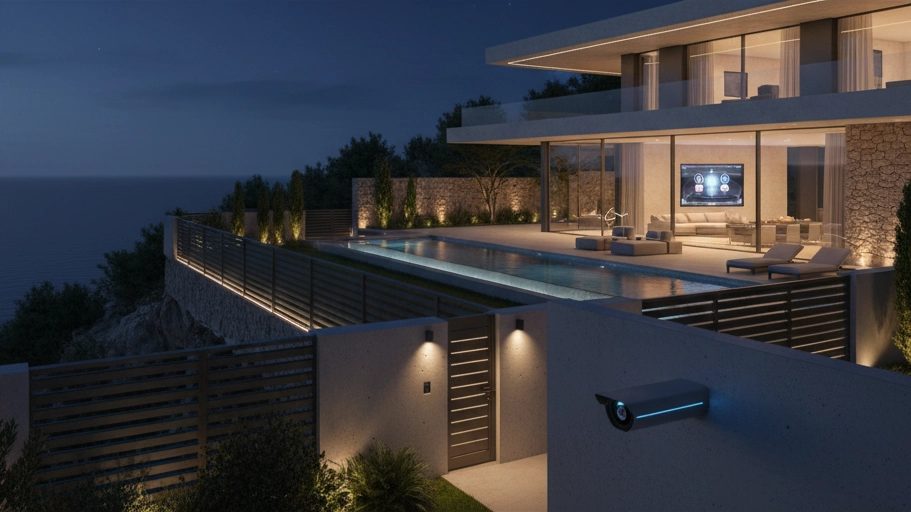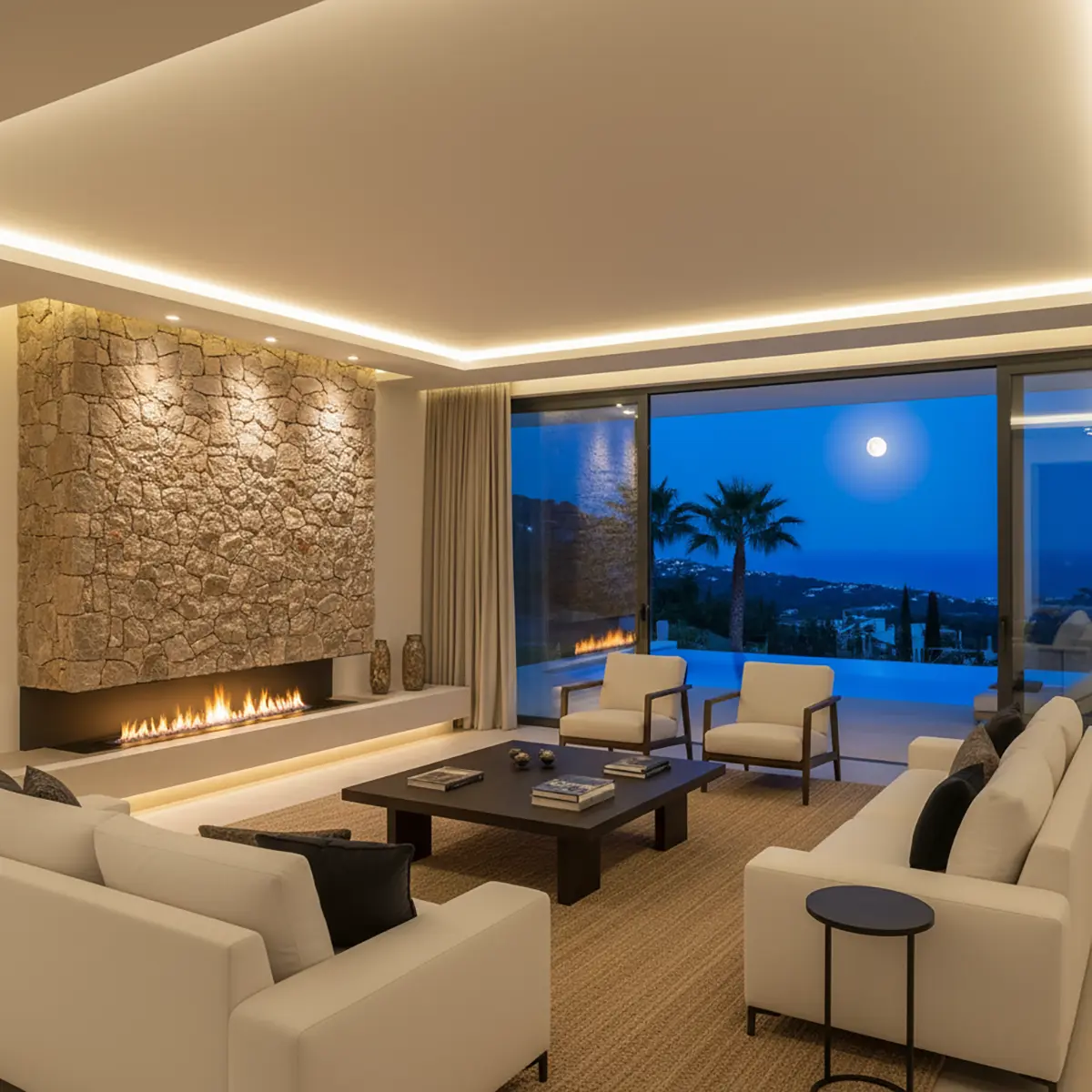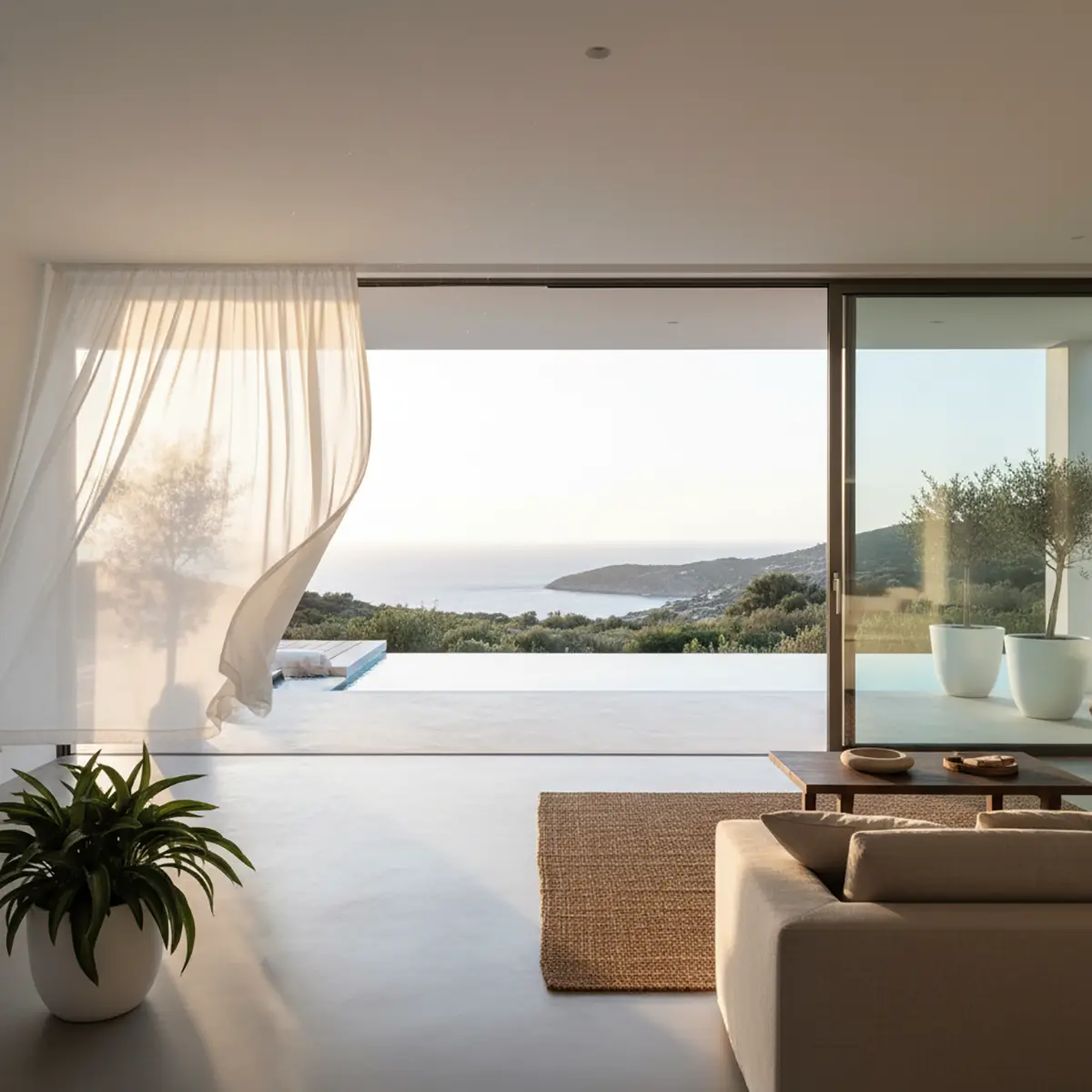NOTICIAS ARQUITECTURA
Todas las novedades, noticias y trucos sobre el mundo de la arquitectura
Seguridad en villas de lujo: La alianza perfecta entre tecnología y diseño
Vivir en un paraíso como la Costa Blanca significa disfrutar de la tranquilidad. Para que esa tranquilidad sea completa, la sensación de protección debe ser absoluta. La seguridad en villas de lujo…
Domótica en 2026: Así será la casa inteligente del futuro en la Costa Blanca
El concepto de domótica en 2026 va mucho más allá de pedirle a un altavoz que encienda la luz. Es la revolución de la casa inteligente en la Costa Blanca, donde la tecnología se vuelve invisible,…
Iluminación de villas de lujo: Claves para crear atmósferas únicas
Cuando el sol del Mediterráneo se despide y cae la noche sobre la Costa Blanca, una villa de lujo revela su segunda alma. Es el momento en que la arquitectura se viste de luz, las texturas…
Guía de urbanizaciones de lujo en Jávea y Moraira: Encuentra tu rincón perfecto
Encontrar el lugar perfecto dentro de las urbanizaciones de lujo de Jávea y Moraira es el primer gran paso para construir tu casa ideal en la Costa Blanca. Elegir la ubicación es una decisión tan…
El proceso de construcción de una casa: La guía definitiva en 10 pasos
Entender el proceso de construcción de una casa es el primer paso para convertir un sueño en realidad. Embarcarse en la creación de un hogar desde cero en la Costa Blanca es una aventura emocionante,…
La importancia de la ventilación natural en viviendas mediterráneas
Imagina una tarde de verano en la Costa Blanca. Afuera, el calor es intenso. Adentro, en lugar del zumbido constante del aire acondicionado, una suave brisa recorre la estancia,…







